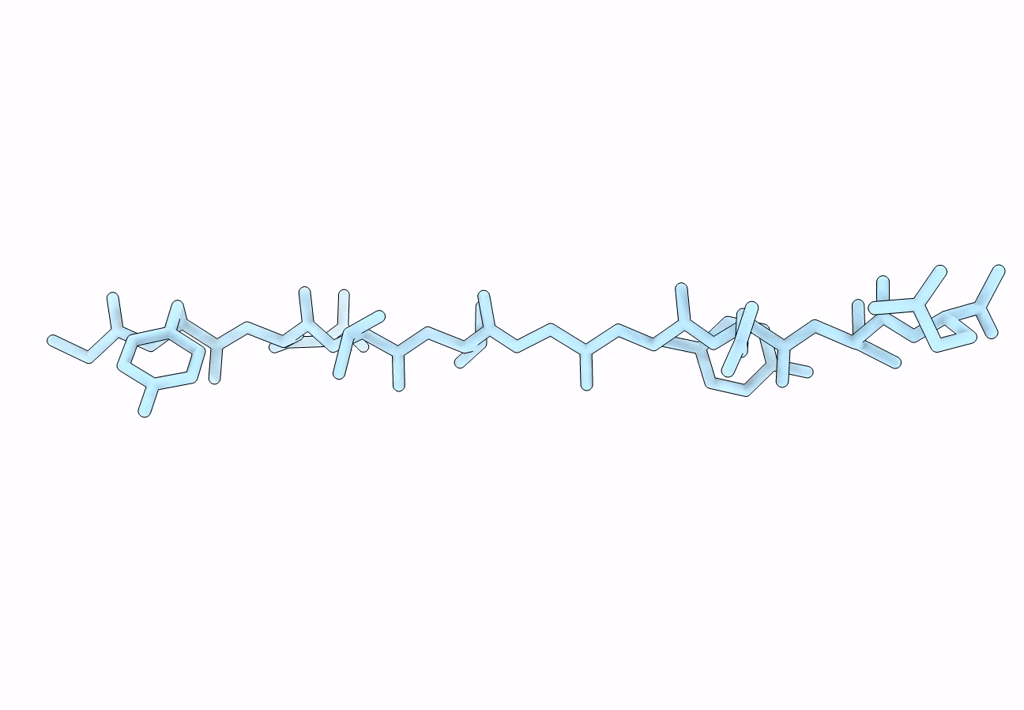
Deposition Date
2021-09-24
Release Date
2022-09-28
Last Version Date
2024-06-19
Entry Detail
PDB ID:
7VI4
Keywords:
Title:
Electron crystallographic structure of TIA-1 prion-like domain, A381T mutant
Biological Source:
Source Organism:
Homo sapiens (Taxon ID: 9606)
Method Details:
Experimental Method:
Resolution:
0.95 Å
R-Value Free:
0.30
R-Value Work:
0.24
R-Value Observed:
0.25
Space Group:
C 1 2 1


